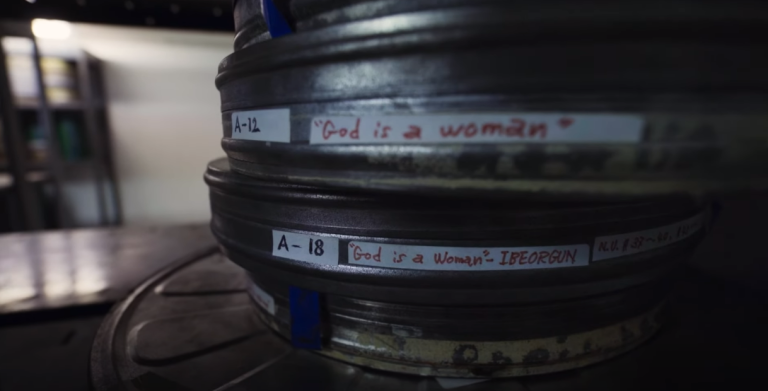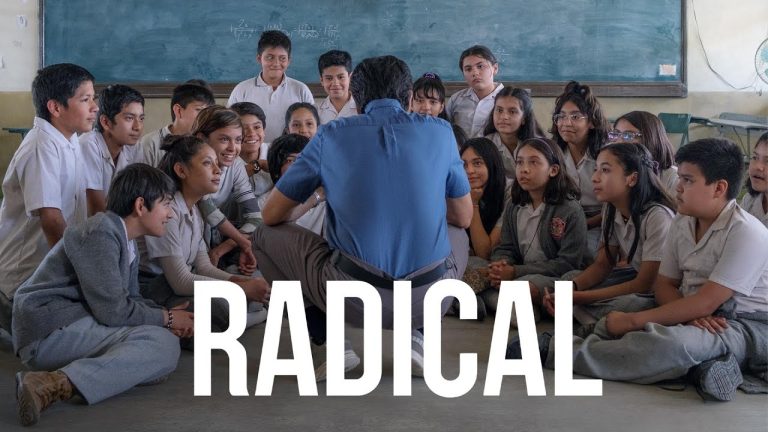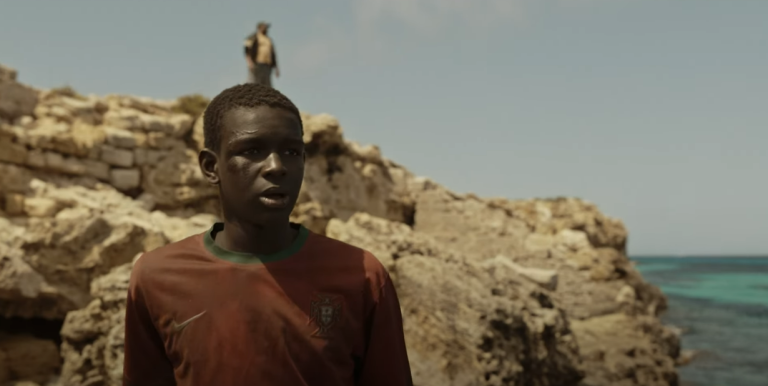
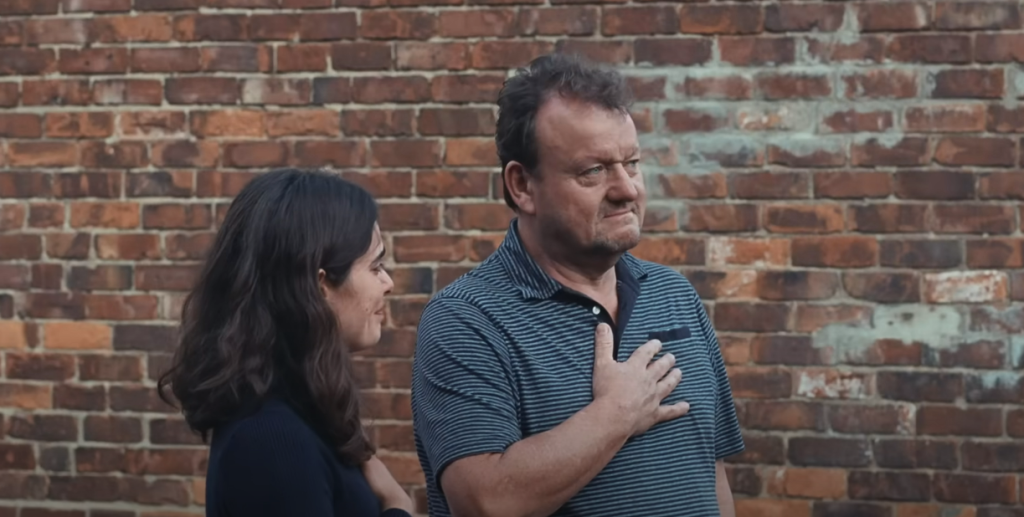
The anticipation surrounding the release of “The Old Oak,” the latest work from esteemed British director Ken Loach, has ignited discussions and excitement among cinephiles worldwide. With Loach, now 87, hinting that this might be his final cinematic endeavor, the film’s impending debut carries an extra layer of significance. Having competed for the prestigious Palm D’Or at the Cannes Film Festival, “The Old Oak” stands as a testament to Loach’s illustrious career and profound impact on the cinematic landscape.
Known for his politically charged and emotionally resonant dramas such as “Sweet Sixteen,” “The Wind That Shakes the Barley,” and “I, Daniel Blake,” Ken Loach ventures into new territory with “The Old Oak.” Departing from the bleakness often associated with his earlier works, Loach presents audiences with a narrative that is both uplifting and profoundly human, offering a fresh perspective on contemporary issues.
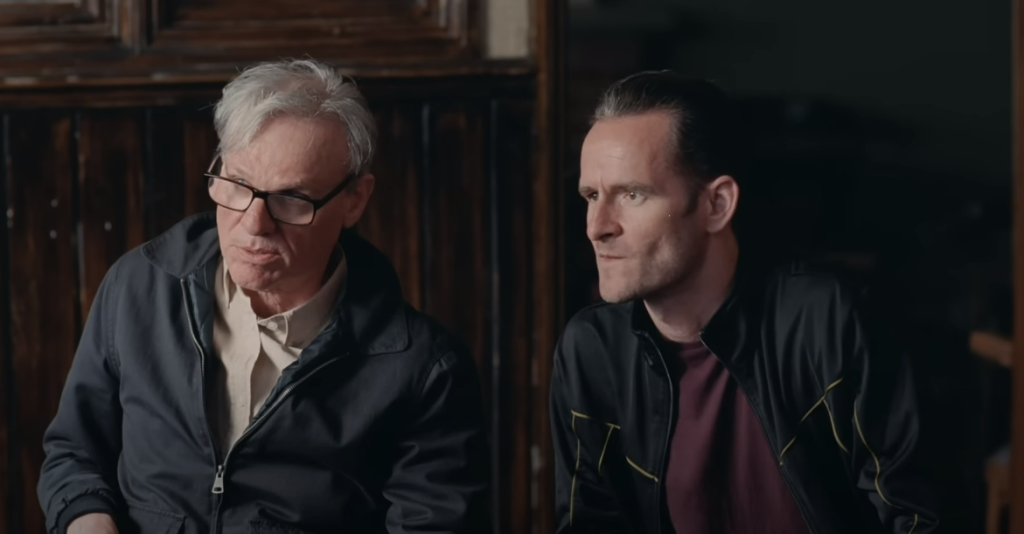
In “The Old Oak,” Loach delivers his most inspiring work in years, offering an optimistic portrayal of the challenges faced by migrants that borders on the utopian. Despite the inherent hardships, there’s a pervasive sense of hope and resilience that permeates the film, inviting viewers to deeply empathize with the characters’ struggles.
A standout aspect of “The Old Oak” is its cast, predominantly comprised of non-actors who bring authenticity and sincerity to their performances. Led by Dave Turner as T. J. Ballantyne, a middle-aged pub owner in a small village in Durham, the ensemble cast embodies the diverse range of emotions and experiences depicted in the film with remarkable conviction.
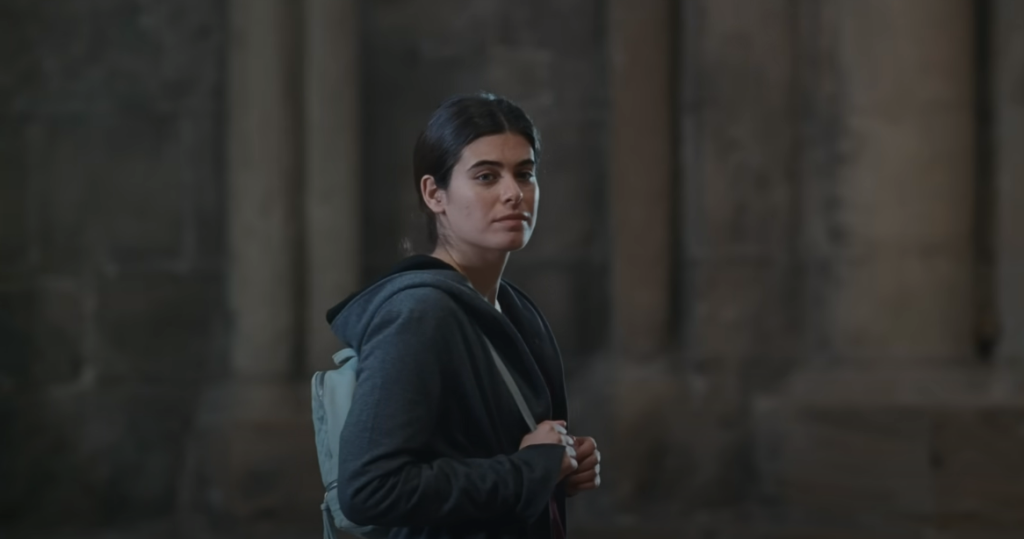
At its core, “The Old Oak” explores the tension between Syrian refugees seeking shelter in the village and the resistance from local residents. Through nuanced storytelling and compelling character dynamics, Loach delves into themes of empathy, compassion, and community, challenging audiences to confront their preconceptions and biases.
Central to the narrative is the relationship between T.J. and Yara, a Syrian woman whose resilience and strength defy stereotypes. Their friendship transcends traditional boundaries, marked by mutual respect and support during times of personal loss. Through their bond, “The Old Oak” explores themes of empathy and the power of human connection to overcome cultural divides.
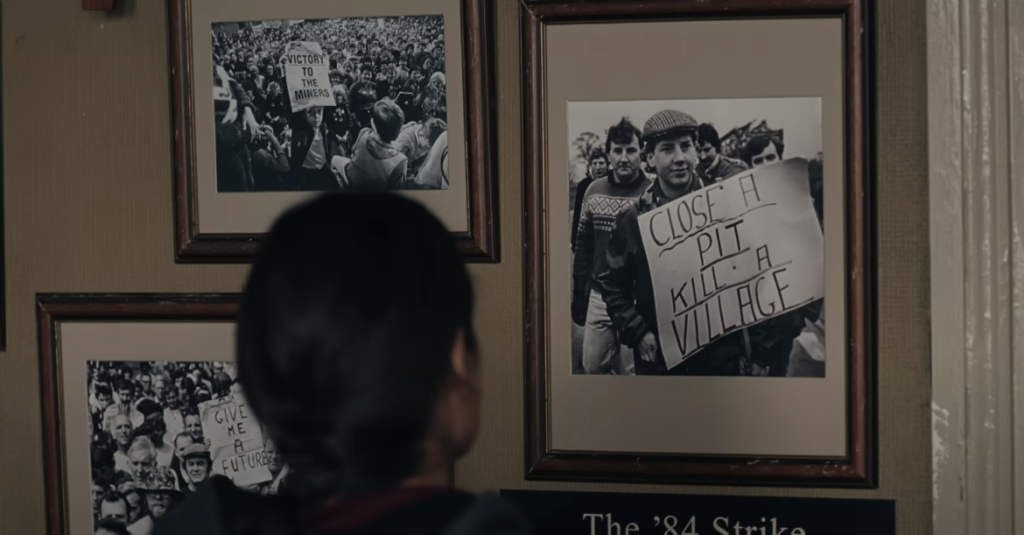
One poignant moment in the film is when Yara and her mother extend a gesture of comfort to the grieving T.J. by bringing him food. This simple act of kindness underscores the universal language of compassion and solidarity, bridging cultural divides and highlighting our shared humanity.
As “The Old Oak” reaches its emotional climax, it serves as a vehicle for conveying a message of hope and human connection. While not without its flaws, the film’s finale offers a ray of sunshine amidst the darkness of the world, reminding us of the transformative power of empathy and understanding.

| Aspect | Description |
|---|---|
| Director | Ken Loach, acclaimed British director known for politically charged and emotionally resonant dramas. |
| Film Title | “The Old Oak” |
| Tone/Theme | Uplifting and profoundly human narrative, offering optimism amidst challenges. Themes include empathy, compassion, community, and resilience. |
| Cast | Predominantly non-actors, bringing authenticity to performances. Dave Turner leads as T. J. Ballantyne, with Ebla Mari playing Yara. |
| Plot Summary | Focuses on tension between Syrian refugees and local residents in a Durham village. Depicts moments of conflict alongside hopefulness and resilience. |
| Characterization | Yara emerges as a central figure, embodying resilience and strength. Relationship with TJ, the pub owner, transcends boundaries and is marked by mutual respect and admiration. |
| Relationship Dynamics | TJ and Yara’s relationship is portrayed with paternal care from TJ and mutual support during hardship. It defies stereotypes and cultural barriers. |
| Symbolism | Shared grief depicted through a gesture of comfort via food, emphasizing the universal language of connection and solace. |
| Narrative Resolution | Finale offers a message of hope and human connection amidst societal darkness, though perhaps overlooking anger or resentment. |

